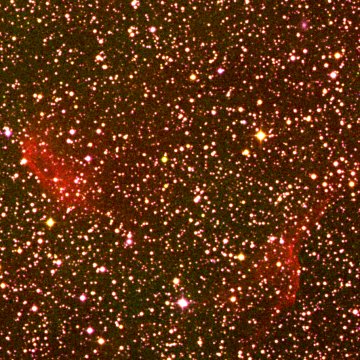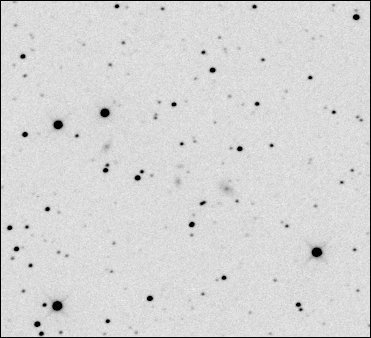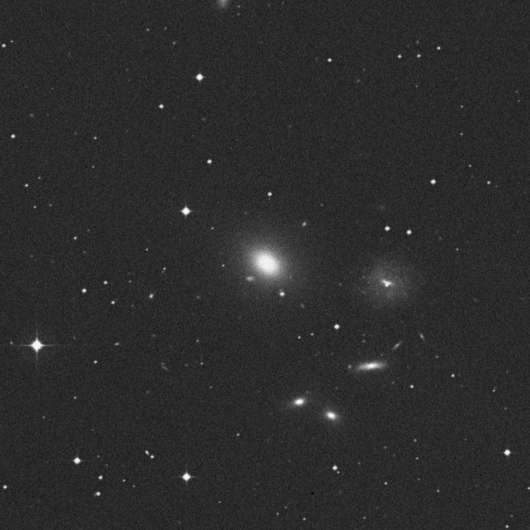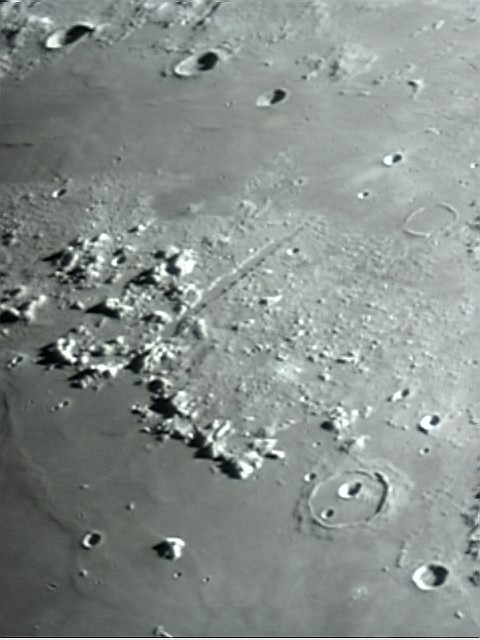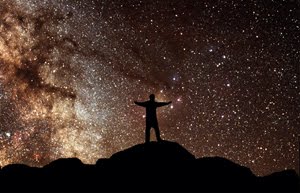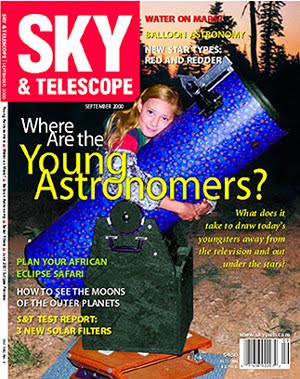Friday August 28th was an public star party night for the San Jose Astronomical Association. I had arrived late, after dark, having run from an Aikido training in order to support the event. As I was setting up my telescope, people were coming by asking to look through it, asking questions about it, and generally being inquisitive. I hurriedly finished the set up and began showing views of the moon and Jupiter...
 I had been expecting a guest, a woman I had a few e-mail contacts with on Match.com. She seemed quite nice by e-mail and had expressed interest in the sky, so I invited her to come out. I thought it a decent relaxed place in a public setting for a first meeting. So there I was, showing whatever to whoever, and I see appearing out of the dark, a face I'd seen before. It was Cat (Catherine), from Match. It was only then, that the realization hit me, I was on a "date" (sort of) at Houge Park, with a bunch of my friends around. In my comfort zone, but not feeling all that comfortable!
I had been expecting a guest, a woman I had a few e-mail contacts with on Match.com. She seemed quite nice by e-mail and had expressed interest in the sky, so I invited her to come out. I thought it a decent relaxed place in a public setting for a first meeting. So there I was, showing whatever to whoever, and I see appearing out of the dark, a face I'd seen before. It was Cat (Catherine), from Match. It was only then, that the realization hit me, I was on a "date" (sort of) at Houge Park, with a bunch of my friends around. In my comfort zone, but not feeling all that comfortable!Cat turned out to be great... fun, intelligent, inquisitive, playful, and was certainly getting plenty of attention from the nearly exclusive male make-up of the SJAA. If women want to meet science guys, with something of a nerdy cant (in some cases, major), I realized this is the place!
So, I found myself relaxing into the experience, and began to show Cat a few things. She wanted to learn some constellations and see a nebula, but this was not the night for dim extended objects - the next Houge Park event on a 3rd quarter moon would be much better for that.
I began by showing (after the moon and Jupiter - the dogs and ponies of the night), I put the scope (10" Dob) on Alberio. This is where I soon learned that my "date" was quite bright. I asked about the color of the stars, and what they meant in terms of their longevity. This gal nailed it. Really, a first. I was astonished (been doing this for about 15 years). I smiled. She wanted to know where the star was, so I borrowed a green laser pointer and outlined Cygnus, and the location of the pretty double.
 I showed a few more constellations - Pegasus, Lyra, Corona Borealis, the Teapot in Sagittarius. I thought maybe we had a new observer, as her vision was quite good. So, I turned back to the scope and hit M15. The view was very good, considering the ambient light pollution and first quarter moon was still up. I showed it to a young couple who had joined us....
I showed a few more constellations - Pegasus, Lyra, Corona Borealis, the Teapot in Sagittarius. I thought maybe we had a new observer, as her vision was quite good. So, I turned back to the scope and hit M15. The view was very good, considering the ambient light pollution and first quarter moon was still up. I showed it to a young couple who had joined us....If fact, and undoubtedly due to Cat's presence, a number of amateur astronomers had gathered around... The couple looked at M15, and then Cat did. I talked about how ancient the stars in it are, how they are first generation stars comprised essentially of only hydrogen, their age, about stellar evolution...
It led to others joining in, a PhD physicist who teaches locally going into details about supernovae, and where new elements are created, and eventually about our "real" connection to the stars.
 While the talking was going on, I would move the scope to new targets. Eta Cassiopeia, the pretty yellow and copper double star, M31, which despite the moonlight was showing its core along with its satellite galaxy M32.
While the talking was going on, I would move the scope to new targets. Eta Cassiopeia, the pretty yellow and copper double star, M31, which despite the moonlight was showing its core along with its satellite galaxy M32.During all this, Cat was sitting on the tailgate of my truck, clearly enjoying herself around the other attendees... and participating in the discussions.
As things wound down, she said it was time to call it a night. For me too. She took off, I packed up and I left as well. I thought about what a fun time I'd had. Date night at Houge turned out very well....





